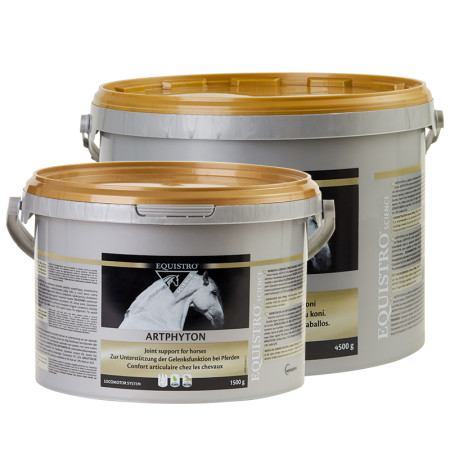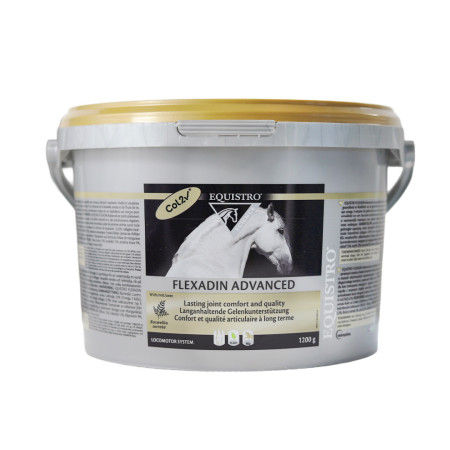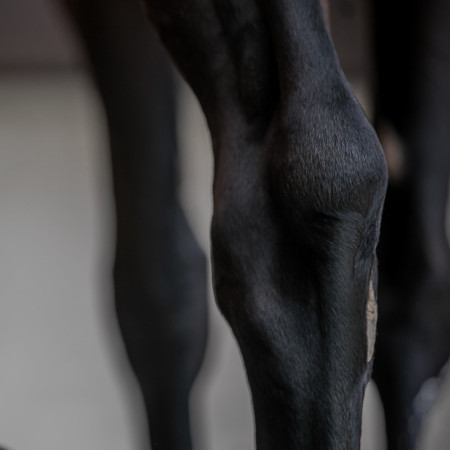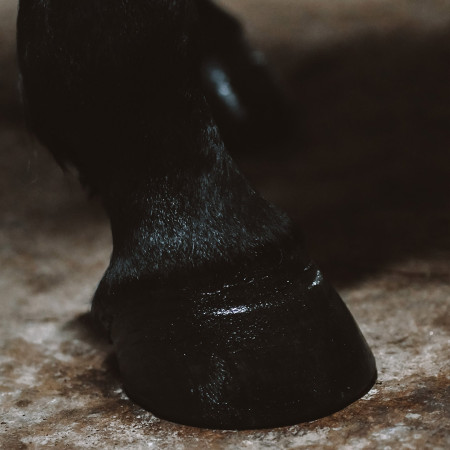
Tendinitis
Tendon inflammation - what we're talking about?
Tendinitis is a very common disorder especially in horses performing heavy work (e.g., race horses, endurance horses). The inflammatory reaction caused by rupture leasions in the tendon(s) can be of acute or chronic, condition depending on the stage of tendon fibril disruption and associated hemorrhage. Tendinitis mostly appears in accordance to heavy exercise and often is associated with overtension, fatigue, weak performance conditioning, improper shoeing or even bad track conditions. The most affected tendons are the digital flexor tendons of the forelimb.
Clinical findings and diagnosis
When acute tendinitis is present, there is often heavy lameness occuring (especially on smooth underground) and sometimes even a deformation of the limb at the level of the injury showing the typical signs of inflammation:
- Swelling
- Pain
- Increased local temperature
In chronic cases of tendinitis, fibrosis with thickening areas at the area of the injury can be observed. In addition, horses with chronic tendinitis may don't show obvious lameness while walking or trotting (on hard underground), but lameness may recur on soft underground and/or heavy work.
As lameness is the main symptom but also not highly specific, a physical examination should take place performed by a vet (palpation of the tendons and assesing the grade of lameness in movement) beside an ultrasonography to ensure the diagnosis (picturing the tendon fibril disruption).
Treatment and management of tendinitis in horses
Treatment is based on rest and rehabilitation to reduce inflammation. In an early, acute stage of inflammation, the prognosis of healing completely has the highest chances. Stall-rest is essential in this early stage beside cooling the affected tendon and treating the horse with systemic non-steroidal anti-inflammatory agents (NSAIDs).
Stem-cell therapies seem to be promising in avoiding scar tissue with less elasticity and support a more or less complete recovery process of the tendon tissue.
Rehabilitation of horses after tendon injury should be handled with care and a regimen of slowly increasing exercise. Shock wave therapy also can be used as an additional treatment method for quick recovery and strengthen the scar tissue.
If tendinitis occurs within the confines of the digital tendon shealth, annular ligament desmotomy also can be used as a therapy option.
How to prevent tendinitis in horses?
- Don't overstrain the training condition of your horse
- Only train on underground your horse is familiar with
- Provide additional dietary support during phases of particular efforts
- Observe the weight of your horse and avoid obesity and heavy training weight
- Cool tendons after heavy training sessions
- Pay attention to the correct shoeing of your horse
- Leg prtection (e.g. bandages) during high demanding training sessions/competitions
Dr. med. vet. Caroline Fritz







